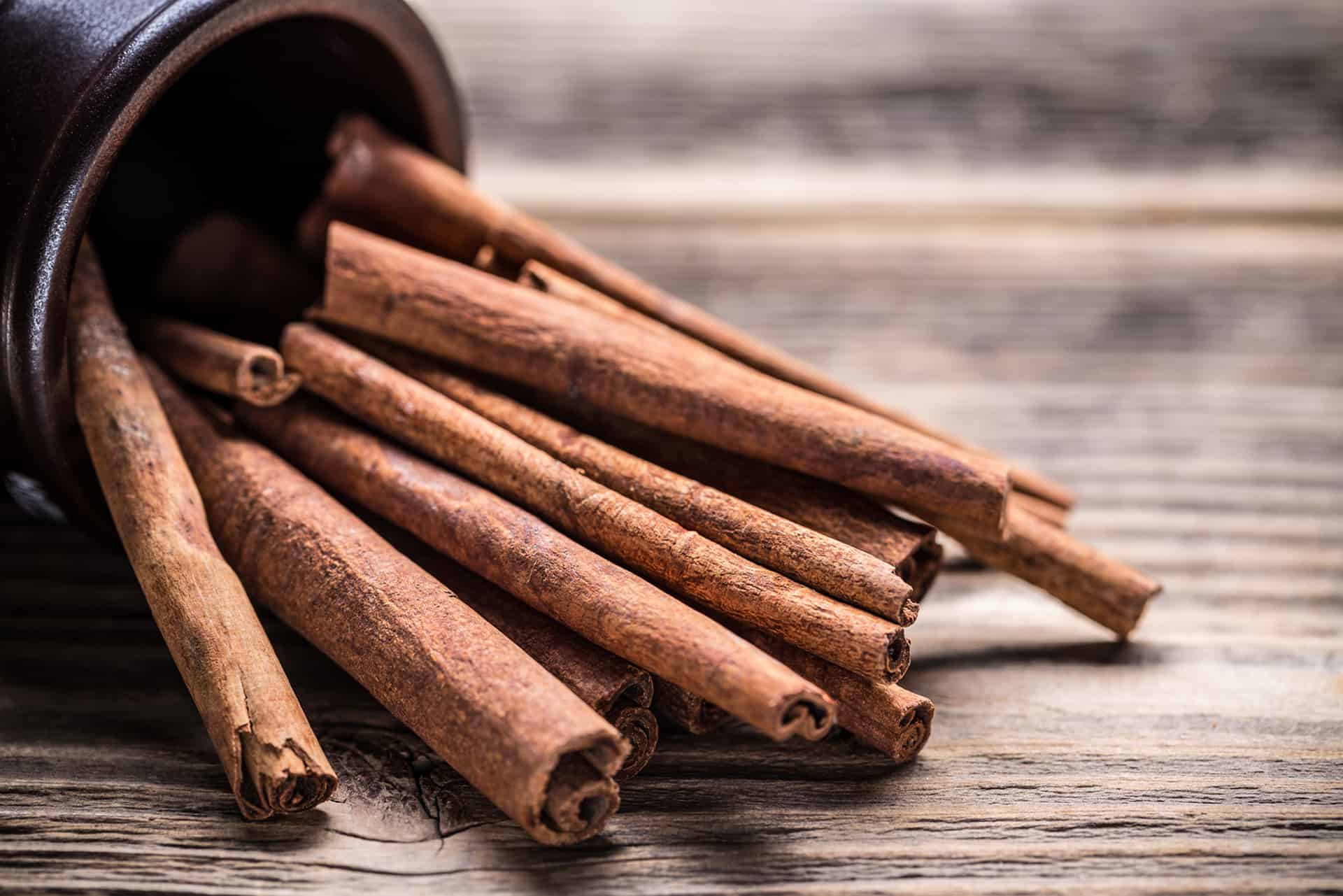Cinnamon bark by any other name would certainly taste as sweet…or so the saying goes. There is some confusion concerning types of cinnamon as the common name refers to several different types of cinnamon that are similar but not the same.
Cassia Cinnamon
In the United States, if you buy ground cinnamon from the store, you are most likely buying Cinnamomum cassia, also known as cassia or Chinese cinnamon. This cinnamon is native to Indonesia and now grows in tropical climates all around the world.
Cinnamomum burmannii is another species that is often sold under the name of cassia cinnamon. It is also known as Indonesian cinnamon or Korintje cinnamon.
A third species of cinnamon, Cinnamomum loureiroi (syn. C. loureirii), is native to Southeast Asia. It is often called Saigon cinnamon, Vietnamese cinnamon, or Vietnamese cassia.
Ceylon Cinnamon
In other parts of the world, Cinnamomum verum (syn. C. zeylanicum) is considered the “true cinnamon” and is also called Ceylon cinnamon. Ceylon cinnamon is native to Sri Lanka (formerly known as Ceylon). In Mexico, it is called canela.
There are actually over 100 different types of cinnamon trees in the world, but these four are the most commonly available in commerce. When it’s necessary to distinguish between these general types of cinnamon, we’ll refer to them as either cassia cinnamon or Ceylon cinnamon.
Types of Cinnamon: Difference in Taste
Cassia cinnamon is considered to be a spicier and more pungent, while Ceylon cinnamon is considered to have sweeter and lighter flavor. Due to its higher essential oil content, Saigon cinnamon has the most intense spicy and sweet flavor of all types of cinnamon.
Responding to the difference in tastes between these types of cinnamon, chefs often prefer cassia cinnamon in savory dishes such as meats and soups and the sweeter, milder Ceylon cinnamon in desserts. Saigon cinnamon is often used to provide bold flavor to baked goods as well as soups like pho.
Difference in Constituents
Recently there has been some concern regarding cassia cinnamon (C. cassia, C. loureiroi, C. burmannii). This variety has a higher content of coumarin, which is a constituent that can thin the blood. Regularly ingesting more than 1 teaspoon of powder per day could pose a health risk to some individuals including those with liver problems, those taking anticoagulant medicines, or those about to undertake surgery.
If you regularly ingest over 1 teaspoon of cinnamon a day, then the safest choice is to use Ceylon cinnamon (C. verum).
Forms of Cinnamon
Cinnamon can be commonly found in three different forms.
Cinnamon powder or ground cinnamon is easily found at grocery stores, although in the U.S. and Canada this will most likely be cassia cinnamon as opposed to Ceylon cinnamon. Powdered Ceylon cinnamon can be found at herbal apothecaries and specialty spice stores. Ceylon cinnamon is easier to find in Europe and Mexico.
Powdered cinnamon can easily be used for cooking, baking, and smoothies. Cinnamon powder is also made into capsules and used as an herbal supplement. Cinnamon powder should be strongly aromatic with a slightly spicy and sweet flavor. For best results, use cinnamon that has been ground recently.
Cinnamon sticks or quills are dried strips of bark from the cinnamon tree. These are often used in decoctions like herbal chai or mulled wine or apple juice. Cassia cinnamon sticks have a single layer of thick bark, while Ceylon cinnamon sticks have several layers of thin bark.
Cinnamon chips are small pieces of cinnamon bark. You can buy cinnamon chips from apothecaries like Mountain Rose Herbs, or you can simply smash up cinnamon sticks into smaller pieces. These are a convenient way to add cinnamon to tea blends, especially when you want to use less than a whole cinnamon stick.
Special Considerations
All types of cinnamon can be enjoyed in small amounts in order to flavor food or sweets. The therapeutic (medicinal) dose for cinnamon is 1 to 6 grams per day.













